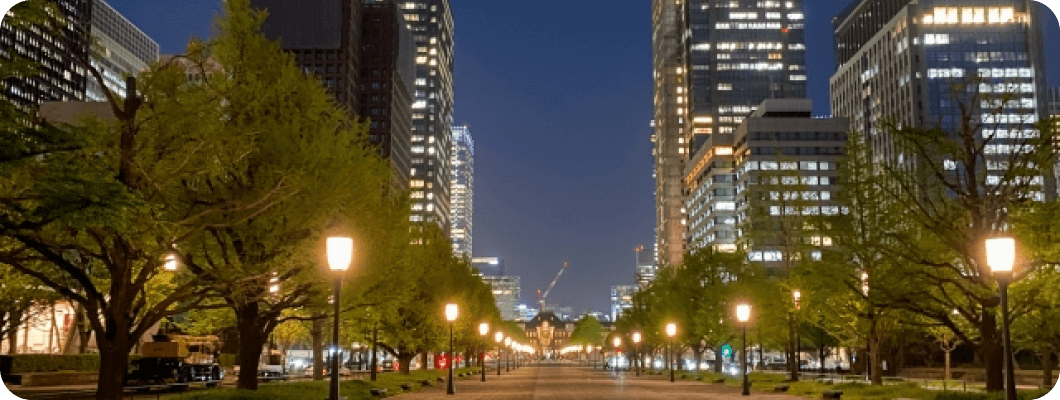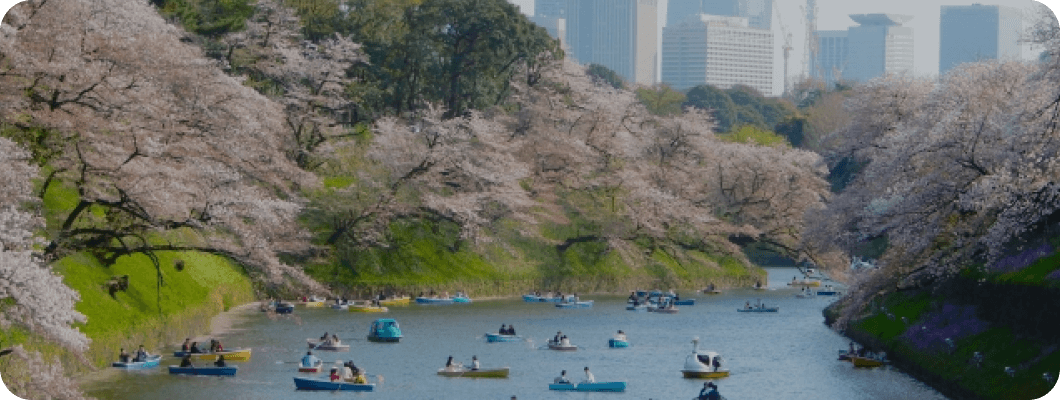
NEWS

10 Things You Need to Know to Enjoy Driving in Japan
BLOG

Today, your travel companion in Japan will be your car!
So we would like to share with you about the driving situation in Japan to broaden your range of activities and fun.
(1) In principle, an “International Driver's License (IDP)” is required to drive in Japan
According to the Road Traffic Law, in order to drive in Japan, you must have (1) a Japanese driver's license, (2) an international driver's license based on the Convention on Road Traffic (Geneva Convention), or (3) a license from a country or region that has a licensing system recognized as being of a level equivalent to that of foreign countries for driving vehicles, etc. (limited to one with a Japanese translation prepared by a person designated by Cabinet order. (The license must be accompanied by a translation in Japanese prepared by a person specified by a Cabinet Order). (2) is the so-called “international driver's license”.
The second pattern is the so-called “International Driving Permit (IDP),” which is issued in different formats in different countries and regions. It is issued at the police station of each country and is valid for one year and allows you to drive in Japan. It cannot be issued in Japan, so be sure to obtain one in your country beforehand.
The countries for (3) are Taiwan, Switzerland, Germany, France, Belgium, and Monaco. These countries are exceptions to the rule, and even if you do not have an international driver's license, you can drive in Japan as long as you have an official translation attached to your driver's license from your home country. The translation can be obtained from the issuing authority of the license as well as from the embassy.
(2) Drive in the “left” side lane of the road
Many countries drive on the right side of the road, while in Japan, drivers drive on the left side of the road. Please note that countries such as the United Kingdom, Ireland, Australia, New Zealand, Indonesia, India, and South Africa are the same, but Europe, North and South American continents, South Korea, Taiwan, and Vietnam are in the opposite lane.
In particular, be careful of oncoming traffic and pedestrians when crossing the oncoming lane to turn right or pass.
(3) The driver's seat of a Japanese car is on the “right” side
The steering wheel of Japanese cars is on the right side to accommodate driving in the left lane. The headlight switch is on the right side of the steering wheel and the wiper switch is on the left. The gear shift lever and side brake are often on the left side. This is the opposite of most vehicles in the U.S. and Europe, so be sure to check before driving!
(4) Pedestrians and bicycles have priority over cars
In Japan, pedestrians are most protected when driving.
If a pedestrian suddenly runs out into the street and you run over him or her, you will most likely be charged with a crime. In Japan, there are many narrow streets in office and residential areas.
If you see a small child or an elderly person, be prepared for any eventuality by slowing down or stopping temporarily. Watch out for bicycles as well.
(5) Always wear a seat belt in both the front and rear passenger seats.
In Japan, it is a rule that seatbelts must be worn not only in the driver's seat, but also in the front and rear passenger seats.
In the case of a camper, it may be difficult to know how to take out the seat belt in the rear seat, so be sure to check this before departure as well.
Children should use child seats.
(6) Drinking and driving is prohibited
In Japan, drunk driving has been strictly penalized since 2009.
Driving under the influence of alcohol (0.25 mg or more) carries a heavy penalty of up to three years in prison or a fine of up to 500,000 yen, and driving while intoxicated (driving while under the influence of alcohol and unable to drive properly) carries a heavy penalty of up to five years in prison or a fine of up to 1 million yen.
In addition, in the case of drunk driving, not only the driver but also all passengers may be charged with a crime.
Therefore, never drive after drinking alcohol.
(7) Avoid operating smartphones and in-car navigation systems while driving.
In the past few years, the number of cases in which operating a smartphone has distracted attention from driving, leading to accidents, has increased greatly.
Therefore, while it may be tempting to operate your smartphone while on the move, such as Google Maps, making phone calls, chatting, etc., be sure to do so while stopped.
Similarly, car navigation systems should also be operated while stopped, and avoid operating them while driving, as it is dangerous.
(8) Traffic signals mean “red for stop,” “yellow for pause,” and “green for proceed
Japanese traffic signals are lined up horizontally, and the colors have the same meanings as those of traffic signals around the world. Be sure to follow the signal's instructions while driving.
Red: You must stop.
Observe the stop line and stop your car.
Note that, as shown in the image above, if there is a green arrow attached, you can proceed in the direction of the arrow. In the case of the image, you can turn right. Please note that there may be dedicated lanes for right and left turns.
Yellow: If a stop is possible, a stop must be made.
If you cross the stop line while driving, you can proceed.
Green: You can proceed.
Please be careful to keep a safe distance from the car in front of you as you proceed. In some cases, a car may turn left or right. When turning, as mentioned above, pedestrians and bicycles have priority, so be sure to pause and check carefully before proceeding.
(9) There are two types of expressway entrances and exits: “ETC lanes” and “general lanes
There are two types of expressway entrances and exits: the purple “ETC lanes” and the green “general lanes.
If you have already inserted your ETC card, entering the ETC lane will smoothly raise the toll bar and allow you to continue on your way.
On the other hand, if you enter the ETC lane without an ETC card, the toll bar will not be raised.
Instead of rushing backward, be sure to stop and wait for the staff's instructions.
If you do not have an ETC card, enter the general lane and pay with cash or credit card.
(10) Remember these 10 road signs!
For more information, please click here↓.
https://www.police.pref.chiba.jp/content/common/000041327.pdf
If you don't follow these, it can lead to violations, so be sure to check them. The Chinese character for “STOP” means STOP, so be especially careful where you stop.
For other detailed road signs, please check the JAF website.
What do you think about the above?
Traffic rules around the world are similar in many aspects, but I have summarized them in this article focusing on the points where there are differences.
Please check the rules you should follow carefully and enjoy your car trips and travels in Japan.
instagram
realestatejapan
PDF file









